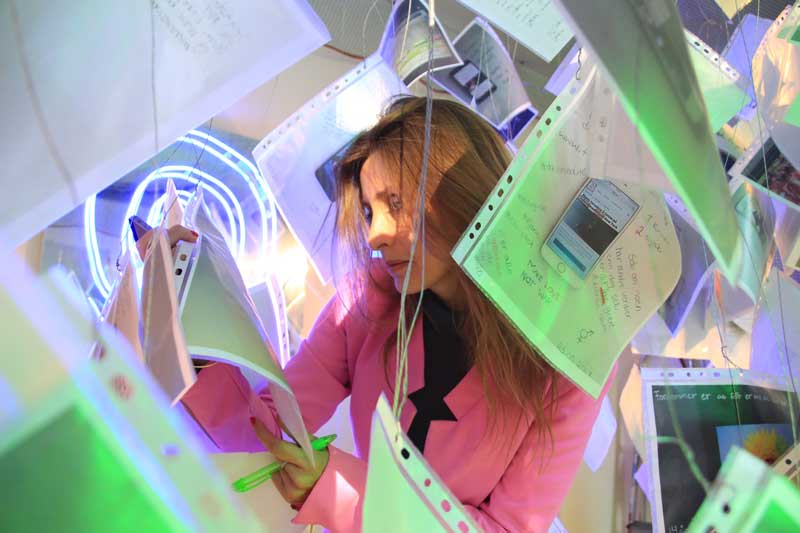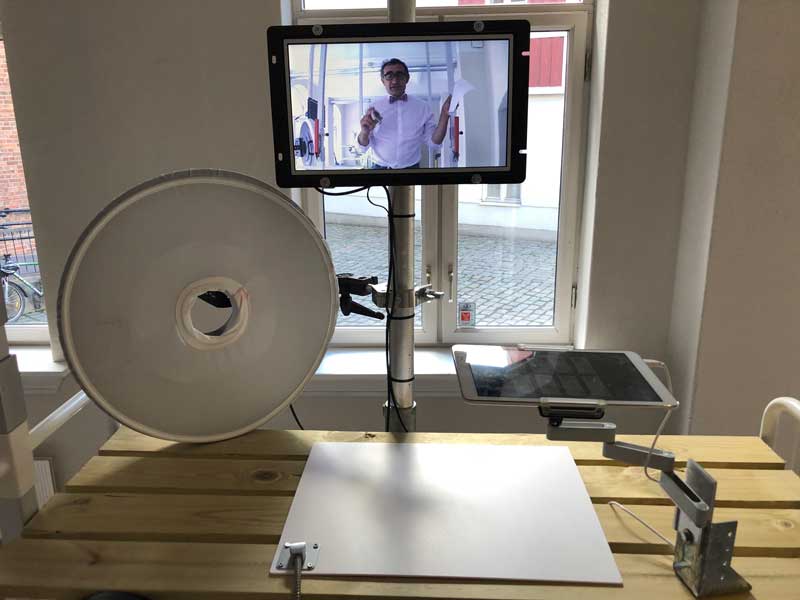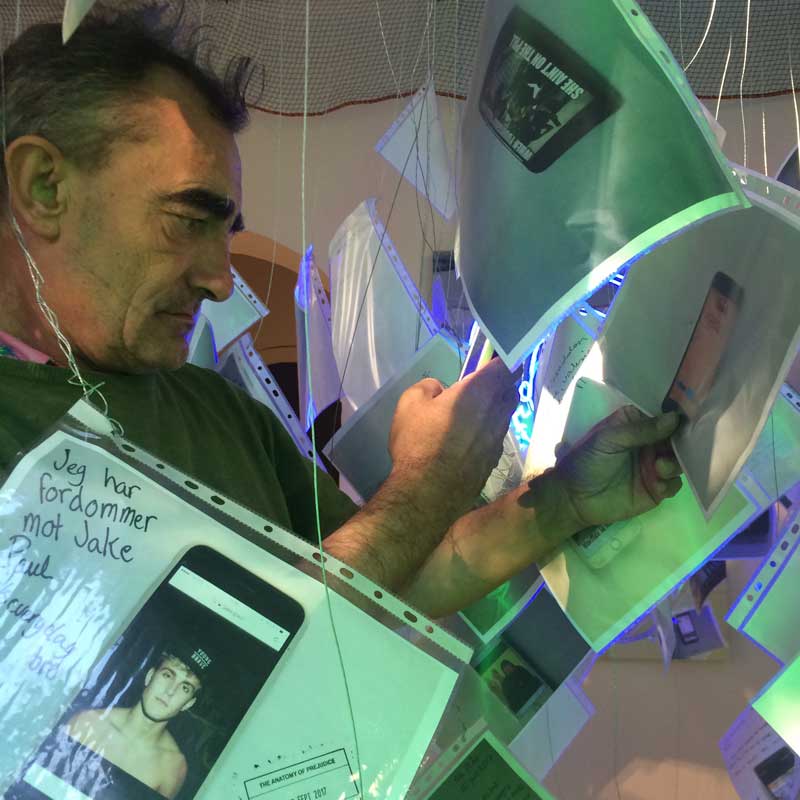How art could be used to eradicate racism
By Edward Tsumele
This past week the attention of the world was for a good reason taken off from its current obsession with the danger posed by the coronavirus by a horrific event that happened in the South of the US. The killing of George Floyd, a black man by a white police officer has rightly unleashed condemnation from around the world with both black and white people condemning what is clearly a barbaric act by a police official who obviously does not think much of the value of a human being, particularly a black person.
The images of the police official with his leg firmly seen pressing the neck of Floyd to death has again raised the issue of racism around the world. Racism is an issue that continues to show its ugly face with monotonous regularity, and South Africa is unfortunately not spared from this scourge.
That is probably one of the reasons South Africans generally across the race divide have condemned unanimously that horrific event. The incident that in fact happened thousands of kilometres away geographically is simply too close to home metaphorically for us to feel comfortable. And that is understandable given the history of our recent past that unfortunately made all of us realize that contrary to what we had believed all along that the miracle of 1994, had healed us of this disease of racism, no we have not been completely healed.
And so what can be done if at all something can be done to cure some people within our midst of the disease of racist notions and a sense of superiority complex?
A lot can be done, and that includes red flagging any racist behavior and racial prejudice displayed by some among us, and not only when such racist utterances are said in public, even in our private spaces we should call out each other and show that we do not tolerate such racist notions even among our kith and kin.
However there is yet another powerful way of not just raising awareness around the issue of racism, but also shifting the mindset of racists.

People who are racist, xenophobic, homophobic, ethno-conscious and so forth and so on, come from a certain social set up that not only bred and nurtured such diseases but these notions are so entrenched within their consciousness to an extent that the victims themselves cannot extricate themselves from such a mental prison, but need an agency that will shift their mind-set completely. But such a mindset shifting agency should not be seen as judgmental by the racists for when that happens, the tendency in human nurture is to dig in the heels and become rebellious.
One such agency is the arts as the arts somehow allow for one to sit back and look at themselves without feeling that they are being forced by someone else to change their ways. For example watching a movie, a theatrical production, an exhibition or even listening to songs that deal with the absurdity of racism could help in a realistic way.
One such artist who is committed to this mindset changing endeavour, dealing with racism and xenophobia using the arts is French Danish conceptual artist Thierry Geoffrey/Colonel.
His long running exhibition entitled The Extracteur: Anatomy of Prejudice, which is currently on at IKM Museum in Oslo until 2022, has been running for the past three years, and by the time it closes, it would have run for a complete five years. Now that is a serious commitment to using art to change societal mindset and address the scourge of racism and xenophobia in society.
| And according to the artist’s long time collaborator curator Tijana Miskovic the the Extracteur is an art format art forma specially created to extract information and opinions from participants, turning the collected data into artistic material for the creation of object- or exhibition based artworks. In other words the Extracteur format is an artistic way of doing investigations through collected text and images. The artist starts by defining the rules for the data collection. Several parts of the process make the artist’s method different from the scientific or academic one; Especially the artist’s way of combining the factual and the poetic interpretations of data into one expression, she explains Miskovic How it works is that at IKM Museum in Oslo, every week, around 200 young people are invited to participate in the Extracteur project. They look for traces of prejudice and xenophobia in their own phones, scan and take a copy of them on a specially designed machine, then add personal explanations and reflections before hanging there, at this point, almost evidence or document paper sheets on the jungle-like growing sculpture. By the end of the 5-year long exhibition period, the collected data will consist of a huge number of detections of xenophobia-signs reported by 50.000 active participants. |

| The information collected during the exhibition period is aesthetically forming part of a monumental sculptural artwork, but can at the same time be considered as valuable data for scientific and academic research about the anatomy of prejudice, the curator says. “It is the collaboration with the IKM museum, and their engagement in the project that allows us to anchor the project across the artistic and academic field. Extracteur format activated in IKM is not a ufo-like structure, detached from the museum, but rather an organically connected part which grows out of an honest exchange of ideas, experiences and motivations.” Well, the Extracteur might not save the world from the scourge of racism, but such artistic interventions involving young people might in the future mean that there is one less racist in the world our children will inherit long after the coronavirus has been put in the back our minds as a fading memory. |










